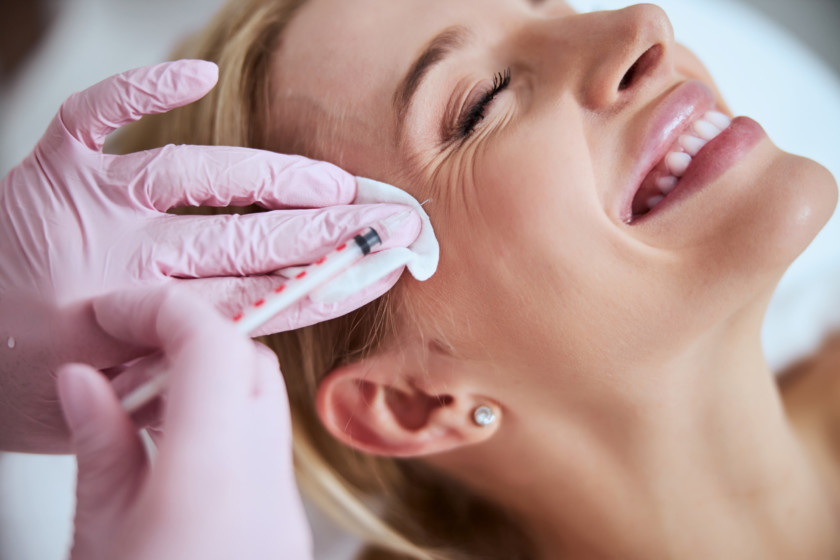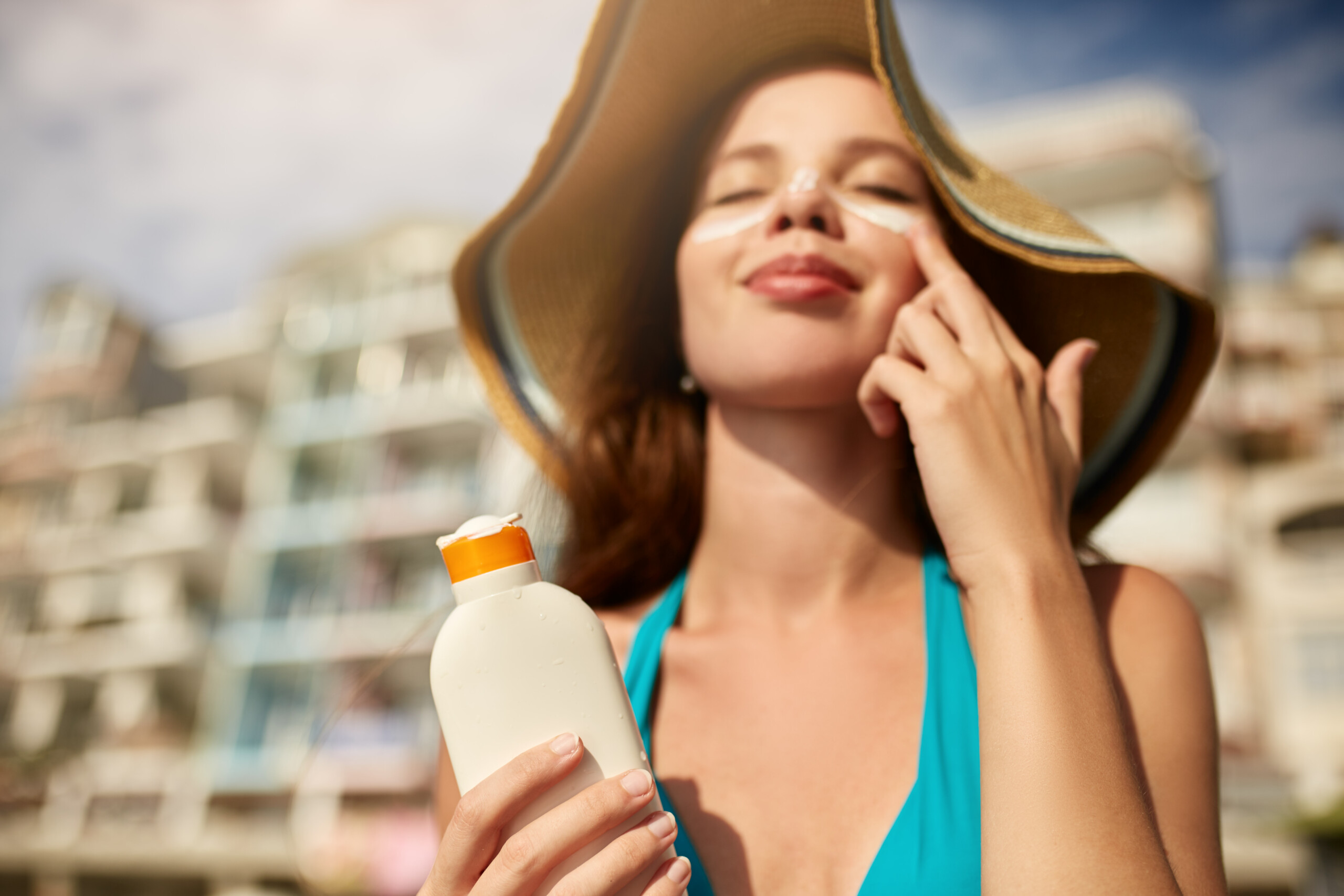Doctor-led crow’s feet treatment
At Contour Clinics, we offer tailored, physician-led aesthetic solutions to diminish the appearance of crow’s feet—those fine lines and wrinkles that frame your eyes. Our expert team of Cosmetic Doctors and Nurses, each with years of experience, will create a personalised treatment plan to address your unique concerns.
Following a thorough consultation, your treatment will be precisely administered to the outer corners of your eyes. This targeted approach temporarily relaxes the overactive muscles responsible for crow’s feet, resulting in a smoother, more youthful appearance.
Laser resurfacing
Skin resurfacing with fractional non-ablative laser, such as Fraxel, can take years off your appearance. Targeting fine lines, sun damage and pigmentation, this is a non-invasive, resurfacing laser therapy that creates a controlled micro-damage to your skin to encourage new collagen and elastin growth.
By rejuvenating the skin at a cellular level and creating a regenerative effect for skin, the outer layers – where crow’s feet and other wrinkles show – can be smoothed and refreshed, reducing the severity of these lines.
Chemical peels
This medical-grade skin treatment not only works to resurface the skin, revealing fresh and youthful skin with a smoother texture, but it also deeply hydrates the skin, which we all know is crucial to preventing lines and wrinkles.
Chemical peels are most effective when you stick to a short course of peels – usually about 3 peels, each spaced a month apart. They work to activate collagen production and speed up skin cell turnover and renewal. This spurs a regenerative effect for the skin, which results in smoother, softer texture with a visible reduction in fine lines.
Topical treatments
Topical treatments such as face creams, serums and other skincare products can help to reduce the appearance of crow’s feet wrinkles around the eyes through a few different mechanisms, such as:
Exfoliation and increased cell turnover. Products containing alpha hydroxy acids (AHAs) like glycolic acid or lactic acid help remove the outermost layer of dead skin cells. This exposes the fresher, smoother skin underneath and stimulates cell renewal for a more youthful appearance. Retinoids like retinol – or even better, retinal – also increase cell turnover.
Collagen stimulation. Vitamin C serums, peptides, and retinoids can penetrate the skin and signal fibroblasts to produce more collagen. Increased collagen results in plumper, more elastic skin that is resistant to wrinkling.
Hydration. Hyaluronic acid is a humectant that draws moisture into the skin. Well-hydrated skin appears smoother and reduces the look of fine lines. Emollient ingredients like ceramides and fatty acids also hydrate. Choose a product specifically for eyes when targeting crow’s feet, as these will be formulated for the delicate skin in this area.
Muscle relaxation. Anti-ageing creams with ingredients like acetyl hexapeptide-8 are designed to temporarily relax facial muscles and prevent them from creasing the skin as deeply when making expressions.
UV protection. Applying broad spectrum sunscreen daily protects against further collagen or elastin breakdown from UV exposure that worsens crow’s feet.
Keep in mind, topical treatments can only do so much for deep-set wrinkles. Their effects are relatively superficial compared to professional treatments.
Results also vary based on the quality of ingredients, skin type, and how consistently the products are used over time. Managing expectations is important; reducing crow’s feet with topical treatments alone is difficult once these lines have fully formed.





